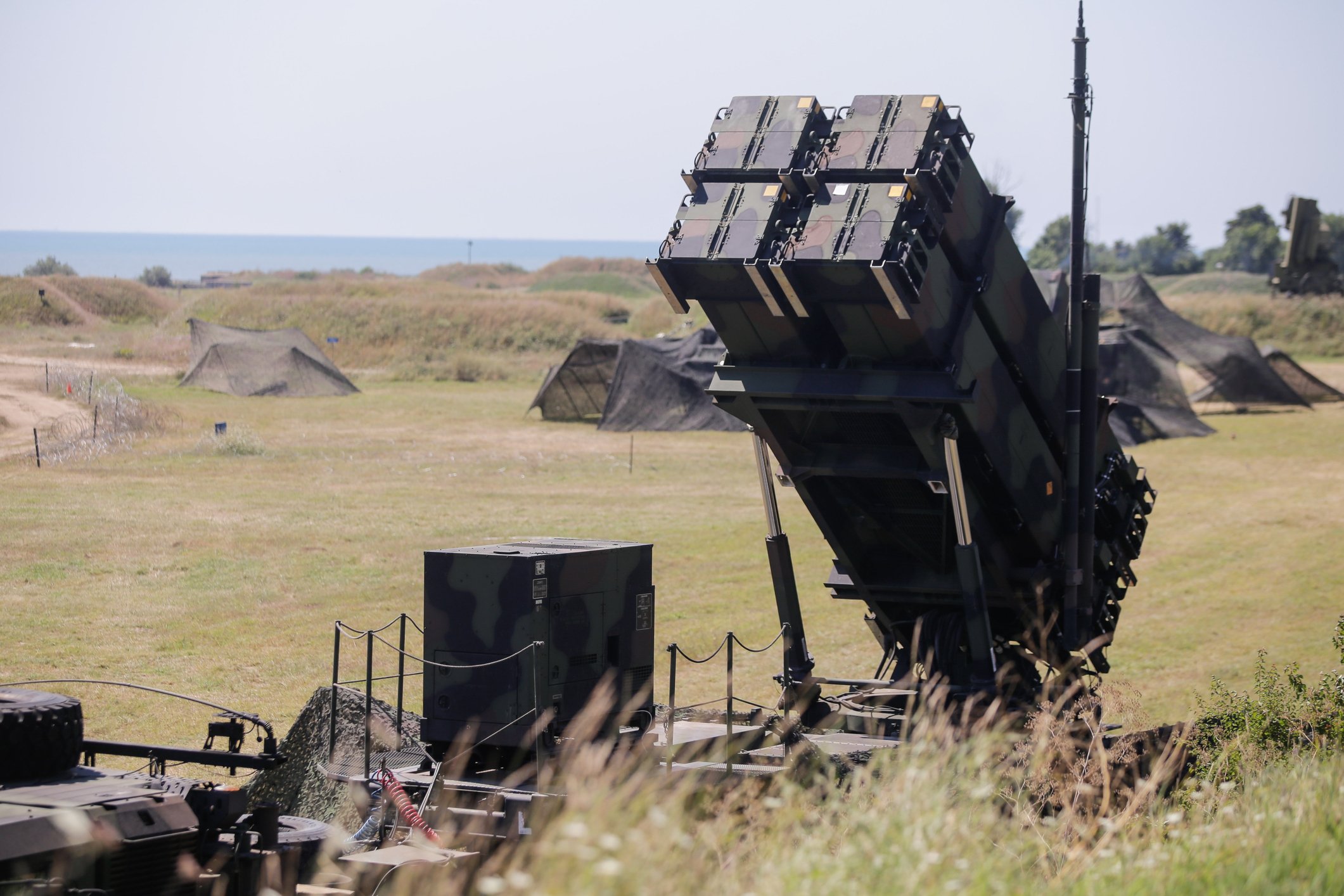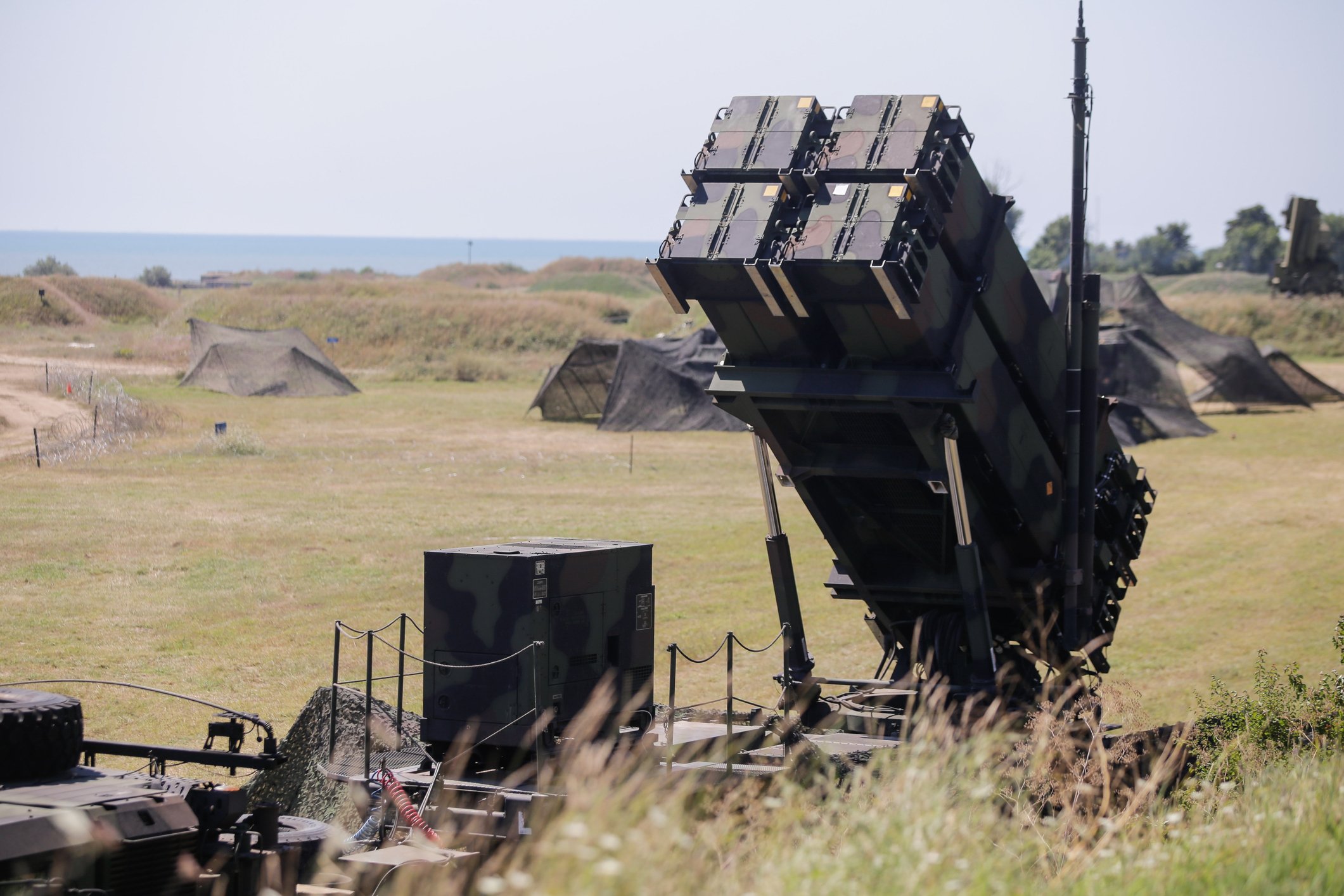The U.S. Navy wants a new, longer-range ship-killing missile for its fleet -- and the sooner, the better.

Artist's concept of Lockheed Martin's LRASM anti-ship missile. Image source: Lockheed Martin.
In recent months, we've seen the Navy make multiple moves in this direction, first encouraging Boeing to double the range of its ubiquitous Harpoon anti-ship missile last summer, then approving the use of Raytheon's Standard Missile 6 -- originally designed for anti-air missions -- to target warships as well. But what the Navy really wants is for the DARPA-sponsored effort to build a new Long Range Anti-Ship Missile (LRASM) to get off the ground, and out to the warfighters.
And it looks like they're going to get it -- eventually.
Introducing LRASM
We've been writing about the LRASM for about a year now. DARPA describes the weapon, which is designed to operate in anti-access/area denial (A2/AD) environments featuring robust antimissile defense and fierce electronic warfare, as "a leap ahead in U.S. surface warfare capability."
In particular, when the electromagnetic environment gets too hot for remote controllers to effectively guide LRASM to its target, prime contractor Lockheed Martin (LMT +0.79%) has instructed LRASM to switch to operating off "autonomous guidance algorithms" to find its target.

Now you see the target. Soon you won't. Image source: Lockheed Martin.
Testifying before the Senate Armed Services Committee Tuesday, U.S. Pacific fleet commander Admiral Harry Harris argued that as A2/AD environments proliferate around the globe, LRASM is a "great capability we need to bring on line fast."
How much will it cost?
Moving right ahead, the president's 2017 defense budget proposal contains $8.1 billion in funding for deployment of new naval and underwater combat technologies, of which LRASM is one. Navy plans now call for the acquisition of 24 LRASM missiles next year, ramping up to an anticipated buy of 464 missiles over the next five years.
The U.S. Government Accountability Office puts LRASM's "total program" value at $1.5 billion, including $1.2 billion for research and development, and a further $336 million for procurement. But that's only enough money to pay for the first 110 LRASMs on order. At an implied cost of roughly $3 million apiece, the ultimate price of 464 LRASM missiles should be closer to $1.4 billion. Add in R&D costs, and this becomes a $2.6 billion program for Lockheed Martin -- a nice boost to Lockheed Martin's Missiles and Fire Control business, which is currently the company's second-smallest unit.
When will it arrive?
Of course, to land all this loot, Lockheed must first finish testing the missile, and then get it built and delivered to the war fighter. That's where things get tricky.
Weapons testing is ongoing, and at last report, the Navy was still hoping to get its missiles by 2018 -- or perhaps sooner, given the extra budgetary funding. With things heating up in the South China Sea (to which a U.S. carrier strike group deployed just last week), delivery sooner would be better than later.
Yet strangely, at the same time as the Navy's need is increasing, and the Admiral is calling for accelerated deployment, and the President is requesting the necessary funds, the LRASM program seems to be slowing down.
According to a Bloomberg report last month, LRASMs could begin shipping as early as 2017. But the Air Force doesn't plan to begin deploying them aboard B-1B bombers before late 2018 -- and the same Navy that is clamoring for the missile says it won't put them on its F/A-18 fighter jets before 2019.
So much for military efficiency. This looks more like a game of hurry up and wait.

The USS John C. Stennis (CVN 74) carrier strike group is prowling the South China Sea -- still sans LRASM missiles. Image source: USS John C. Stennis via Facebook.






